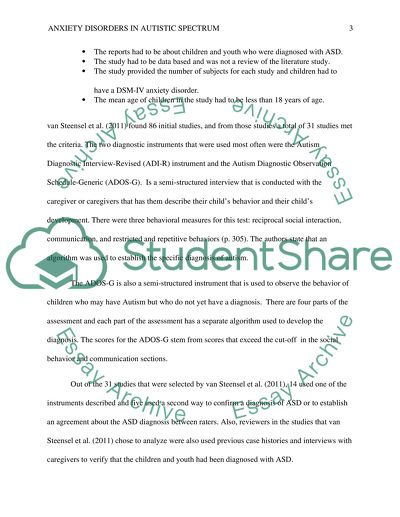Cite this document
(“Anxiety disorders Assignment Example | Topics and Well Written Essays - 1000 words”, n.d.)
Retrieved from https://studentshare.org/psychology/1481440-anxiety-disorders
Retrieved from https://studentshare.org/psychology/1481440-anxiety-disorders
(Anxiety Disorders Assignment Example | Topics and Well Written Essays - 1000 Words)
https://studentshare.org/psychology/1481440-anxiety-disorders.
https://studentshare.org/psychology/1481440-anxiety-disorders.
“Anxiety Disorders Assignment Example | Topics and Well Written Essays - 1000 Words”, n.d. https://studentshare.org/psychology/1481440-anxiety-disorders.


